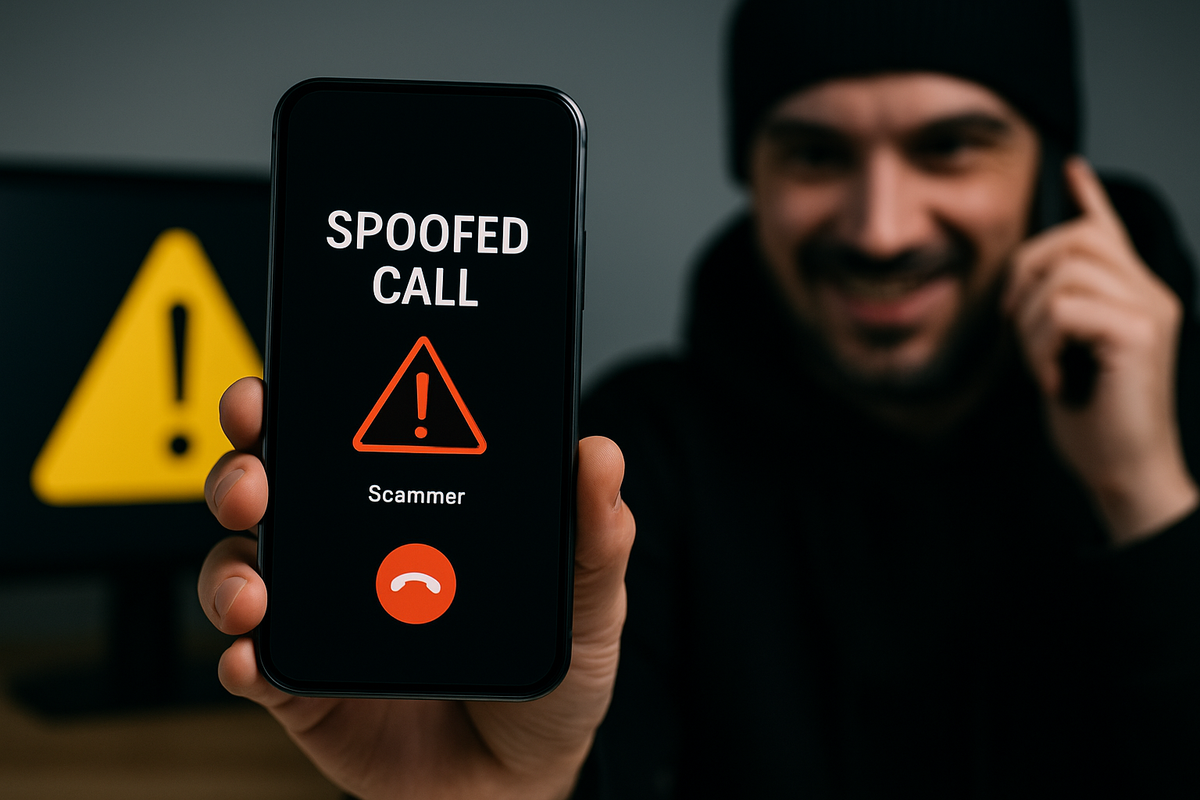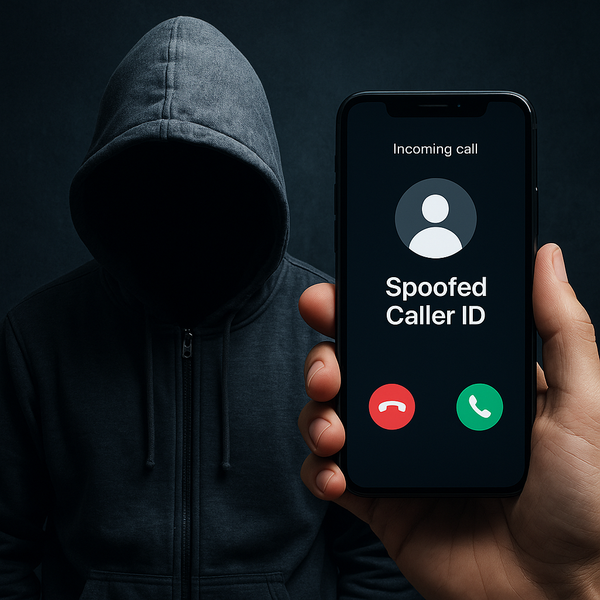How Phone Spoofing Works: The Hidden Technique Scammers Use to Impersonate Trusted Organizations

Phone spoofing has rapidly become one of the most common digital scams affecting individuals worldwide. Criminals now use advanced tools to disguise their phone numbers, making their calls appear as if they are coming from trusted organizations such as service providers, businesses, support centers, or government departments. Many people answer because the number looks familiar or official. This article explains how spoofing works, why it is effective, and the steps everyone should take to stay protected.
What Is Phone Spoofing?
Phone spoofing occurs when scammers manipulate caller ID information so that the number displayed is not the actual number calling. Using internet-based calling systems and spoofing software, criminals can duplicate nearly any number, including those belonging to real individuals, businesses, or institutions.
Because the call appears to come from a trusted source, victims often respond without suspicion, making spoofing a powerful tool for deception.
How Scammers Make Their Calls Look Authentic
1. Fake Caller IDs
Spoofing tools allow criminals to replace their real number with one that appears legitimate. This could be:
- A customer support hotline
- A delivery company number
- A business office line
- A government information line
The caller ID can look so real that even experienced people may not notice the difference.
2. Impersonating Trusted Organizations
Scammers frequently introduce themselves as representatives of:
- Service providers
- Verification departments
- Technical support teams
- Government-related offices
- Financial or customer service units
They sound confident, using professional language and scripts to gain immediate trust.
3. Creating Urgency
To pressure victims, scammers often use urgent or fear-based statements such as:
- “We detected suspicious activity.”
- “Your account may be blocked.”
- “We need immediate verification.”
These tactics are designed to make victims react quickly before thinking carefully.
Why Phone Spoofing Continues to Work
Phone spoofing is effective because most people trust caller ID. When a familiar or official-looking number appears, individuals are more likely to answer and follow instructions. During this moment of trust, scammers attempt to gather sensitive information such as:
- OTPs or verification codes
- Account login details
- Personal identification information
- Payment information
This data can later be misused for fraud or identity theft.
How to Protect Yourself From Spoofed Calls
1. Never share sensitive information during unexpected calls.
Legitimate organizations do not ask for passwords, PINs, or verification codes through unsolicited phone calls.
2. Understand that the displayed number may belong to an innocent person.
Scammers often spoof real phone numbers belonging to individuals or businesses who have no connection to the scam.
The real owner of the number is usually a victim as well — not the scammer.
Misreporting these numbers can cause harm to someone who did nothing wrong.
3. Verify the number before reporting it.
Do not immediately report or accuse the number shown on caller ID.
Instead:
- Call the organization back using their official hotline from their website.
- Ask if they actually contacted you.
This prevents innocent people from being wrongly blamed.
4. Do not rely on caller ID as proof.
Spoofing technology can imitate nearly any number, including numbers from trusted organizations.
5. Watch for pressure or threats.
Urgency, fear, or emotionally charged statements are strong indicators of a scam.
6. Use official and verified channels to confirm authenticity.
You can verify calls through:
- Official websites
- Verified customer support hotlines
- Official mobile apps
- In-person service centers
7. Report the scam only after confirming it is fake.
Once you confirm that the call was not real, you can report the fraudulent attempt through the proper channels, such as your telecom provider or the relevant fraud-reporting authority.
Conclusion
Phone spoofing is a sophisticated method that allows scammers to hide behind trusted numbers and impersonate legitimate organizations. Understanding how this technique works is essential for protecting yourself. By verifying calls, avoiding sharing sensitive details, and recognizing pressure tactics, individuals can significantly reduce their risk of falling victim to this type of deception. Awareness is the strongest defense, and simple precautions can prevent serious consequences.
Takeaways
- Phone spoofing disguises a scammer’s real number.
- Scammers impersonate trusted organizations to gain quick trust.
- The number shown on caller ID may belong to an innocent person.
- Always verify by calling official hotlines before reporting any number.
- Caller ID alone cannot confirm authenticity.
- Never share sensitive information during unexpected calls.
Important Announcement: Misuse of Identity Warning
Disclaimer: This content is for informational purposes only and not financial advice.




